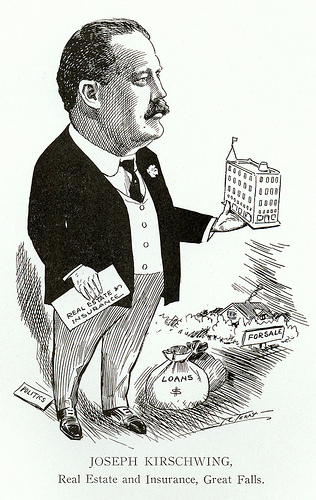Liquidated damages provisions in California real estate contracts provide that the parties, at the time they enter into the contract, determine what the damages will be if there is a specified breach of the contract. It must represent a reasonable attempt to anticipate the losses to be suffered. It will not be enforced if it is primarily a penalty for punishing the party at fault. It must bear some relationship to what they parties may foresee as the actual damages that will occur. However, the parties could also have negotiated for alternative performance, where one side has a choice; Do things A & B, and you get paid something. Do just A, and you get paid something less.
A recent decision out of San Joaquin County shows how important it is to be clear in the contract, and one may need to consult a Sacramento real estate and business attorney for clarification. If the provision is not to be determined a penalty, you must actually have a reasonable basis for calculating the amount at the time of entering the contract, and also the contract must have language describing the parties agreement that the actual dollar amount has some relationship to the likely damages. If the number appears reasonable, it may qualify as both liquidated damages OR alternative performance. If it is not reasonable, the only hope is that if it is found to be alternative performance.
 In Brian McGuire v. More-Gas Investments, LLC, McGuire had a contract to buy property to build a house. The property sold for over $1 million dollars, and was amongst vineyards in Acampo. The buyer wanted to make sure his view would be protected.
In Brian McGuire v. More-Gas Investments, LLC, McGuire had a contract to buy property to build a house. The property sold for over $1 million dollars, and was amongst vineyards in Acampo. The buyer wanted to make sure his view would be protected.




 In Felton v. West ((1894)102 Cal 266), both parties lived I n California. Felton loaned West over $90,000, and West signed a promissory note, which was secured by property West owned in Oregon. West didn’t pay the loan, and there was a foreclosure sale of the Oregon property. The sale price did not cover the debt, so the lender sued the borrower, in California, for the balance, about $44,000.
In Felton v. West ((1894)102 Cal 266), both parties lived I n California. Felton loaned West over $90,000, and West signed a promissory note, which was secured by property West owned in Oregon. West didn’t pay the loan, and there was a foreclosure sale of the Oregon property. The sale price did not cover the debt, so the lender sued the borrower, in California, for the balance, about $44,000. Civil Code section 2787 provides that a “guarantor is one who promises to answer for the debt, default, or miscarriage of another…” What has become known as a sham guaranty is one where the guarantor is found to be the same as the borrower. The clearest case is where an individual signs a promissory note promising to pay the debt. The lender requires the same individual to sign a guaranty for the same debt, waiving many defenses. For example, there are statutory anti-deficiency protections for real estate borrowers, prohibiting the lender from collecting from the borrower. These protections are not extended to guarantors, and loan guaranties usually have waivers of all these defenses. In the sham guaranty the lender may think that by having the same borrower guaranty the loan allows for a deficiency judgment against the borrower as guarantor. Or, it may be used in hopes that the borrower/guarantor does not understand, and truly expects to be personally liable for the debt.
Civil Code section 2787 provides that a “guarantor is one who promises to answer for the debt, default, or miscarriage of another…” What has become known as a sham guaranty is one where the guarantor is found to be the same as the borrower. The clearest case is where an individual signs a promissory note promising to pay the debt. The lender requires the same individual to sign a guaranty for the same debt, waiving many defenses. For example, there are statutory anti-deficiency protections for real estate borrowers, prohibiting the lender from collecting from the borrower. These protections are not extended to guarantors, and loan guaranties usually have waivers of all these defenses. In the sham guaranty the lender may think that by having the same borrower guaranty the loan allows for a deficiency judgment against the borrower as guarantor. Or, it may be used in hopes that the borrower/guarantor does not understand, and truly expects to be personally liable for the debt. In
In  In
In  In the decision of
In the decision of  In
In  In
In  The judge was not impressed by Gavina’s conduct. Because of the nature of the suit (quiet title), it first addressed the question of whether the option itself created a contract, or was merely an executable contract to make a lease. It found the intent of the parties, as expressed in the option agreement, to set forth in both the option and the attached form of lease all the terms and conditions on which Gavina’s offer to lease was made. By exercising the option, Smith accepted the offer and agreed to the lease on the those terms. The requirement of a written lease was satisfied. (
The judge was not impressed by Gavina’s conduct. Because of the nature of the suit (quiet title), it first addressed the question of whether the option itself created a contract, or was merely an executable contract to make a lease. It found the intent of the parties, as expressed in the option agreement, to set forth in both the option and the attached form of lease all the terms and conditions on which Gavina’s offer to lease was made. By exercising the option, Smith accepted the offer and agreed to the lease on the those terms. The requirement of a written lease was satisfied. (